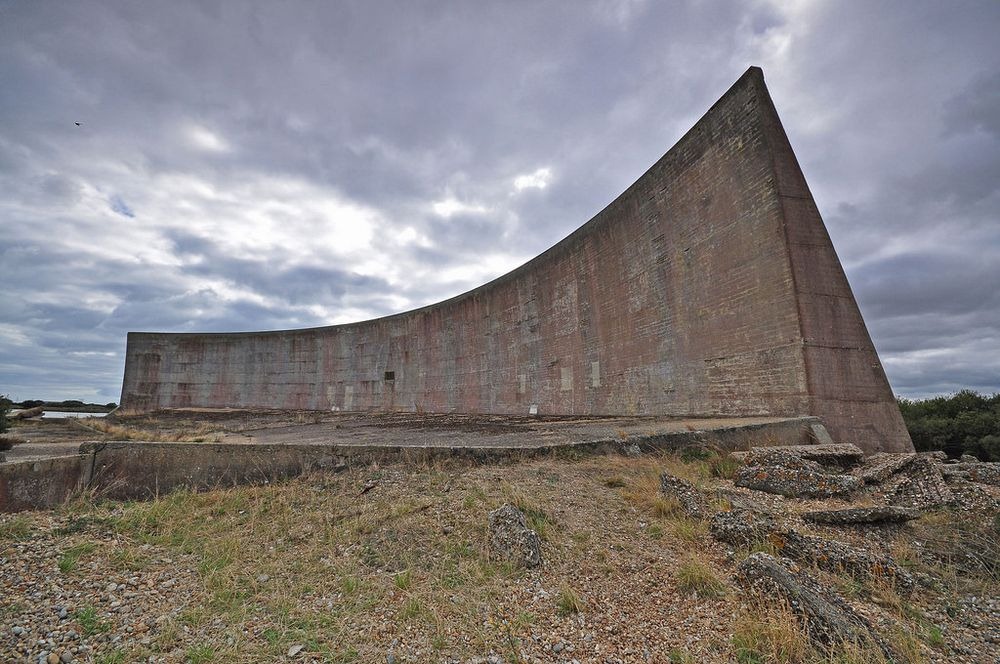World War One was the first major conflict that saw the use of airplanes.
Devices like this are often found in science museums today as whispering galleries.
These mirrors could efficiently amplify sound waves having wavelength up to three feet.
But the sound waves the military was interested in had wavelengths of 15 to 18 feet.
In 1930, the sixth and final mirror was erected.
It was a huge curved wall, 60 meters long and 8 meters high.
With a listening range of about 20 miles, it was this mega-mirror that finally delivered the required results.
Soon doubts about the sound mirror project began to arise.
Then in 1935, the project came to an abrupt end.
The alternative to the sound mirrors Radio Detection and Ranging, or radar for short had been perfected.
The concave sound mirrors, that never saw action, still stands around the English coast.
The most famous of these mirrors are at Denge, near Dungeness, in Kent, England.
The site has three mirrors a 60-meter-long curved wall, a 9-meter circular dish and a 6-meter dish.
Photo credit:Greg/Flickr
Photo credit:Bodacea/Flickr
Photo credit:HJSP8/Flickr
Sources:Wikipedia/www.andrewgrantham.co.uk/www.spiegel.de







